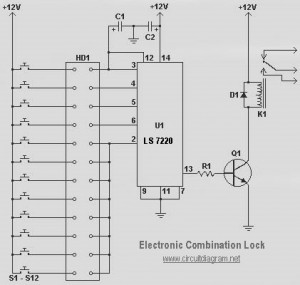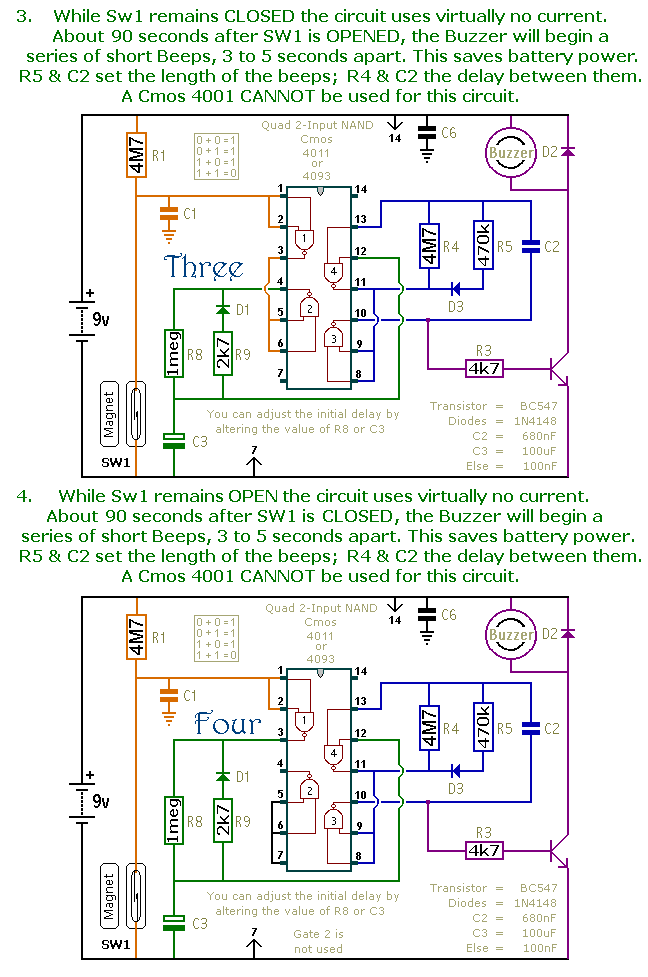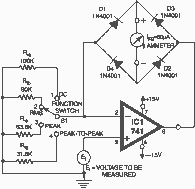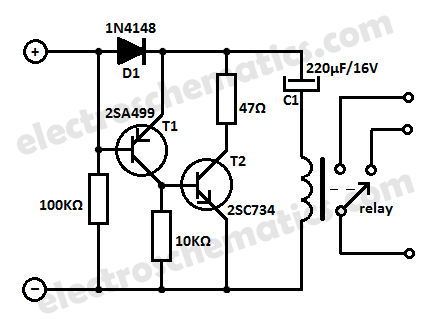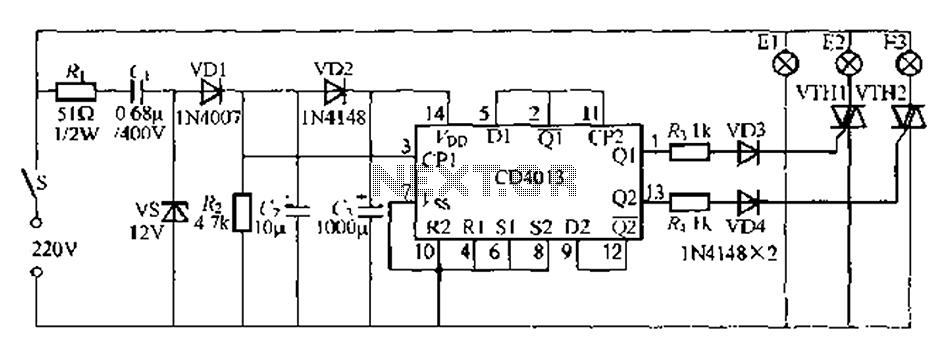
Check For Op-Amp Dc Offset Shift Circuit
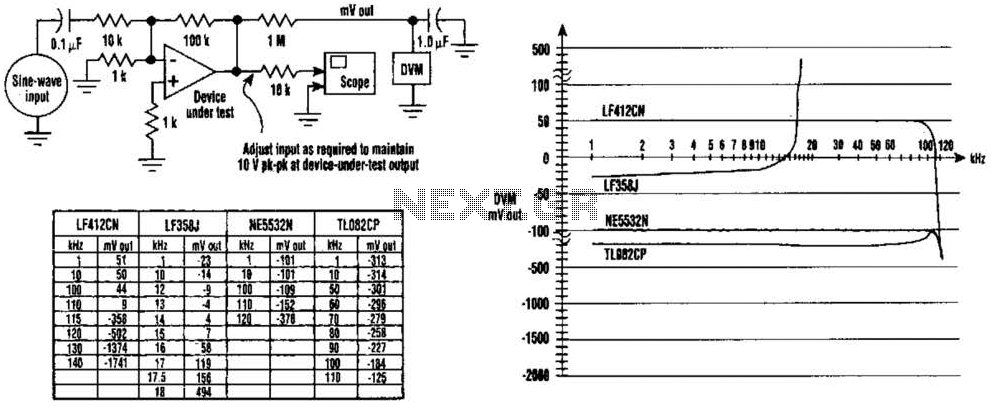
The DC values of op-amp offsets cannot always be assumed to remain constant when delivering AC outputs. No device is perfectly symmetrical in terms of maximum positive slew rate compared to maximum negative slew rate. As a result, there exists a range of output slew rates where the device imposes more significant limitations in one direction than the other. This discrepancy leads to the rectification of the AC signal and an observable shift in the DC offset. A test circuit can be utilized to examine this shift phenomenon. The accompanying table and graph demonstrate the results obtained for four devices, each of a different type. As frequency and slew rate increase, the effect can be either relatively abrupt (as seen in LF412CN and NE55532N) or more gradual (as observed in LF358J and TL0820P).
The test circuit designed to evaluate the shift in DC offset due to AC output characteristics of operational amplifiers comprises several key components. The circuit typically includes an op-amp configured in a non-inverting amplifier setup, allowing for the observation of the output signal in relation to the input. Input AC signals of varying frequencies and amplitudes are fed into the circuit. A feedback resistor network is employed to set the gain of the op-amp and ensure proper operation within the desired frequency range.
To measure the DC offset shift, a precision voltmeter is connected to the output of the op-amp. The output signal is monitored while varying the frequency of the input AC signal, which allows for the analysis of the slew rate effects on the output. The results can be recorded and plotted in a table and graph format, illustrating the relationship between the frequency, slew rate, and the observed DC offset shift for each op-amp model tested.
The circuit can be enhanced with additional features, such as a low-pass filter to isolate the DC component of the output signal, or a comparator to trigger an alert when the DC offset exceeds a predefined threshold. This comprehensive approach facilitates a deeper understanding of how different op-amps respond to varying AC conditions and highlights the importance of accounting for DC offset shifts in precision applications. The dc values of op-amp offsets can`t always be taken for granted when delivering ac outputs. No device is ever exactly symmetrical for maximum positive slew rate versus maximum negative slew rate. Consequently, there is always some range of output slew rates in which the device used limits in one direction more severely than in the other.
What results in rectification of the ac signal and an apparent shift of the dc offset. This test circuit can check for the shift phenomenon. The accompanying table and graph illustrate the results obtained for four devices, all of different types. As frequency and slew rate are increased, the effect can be either relatively abrupt (LF412CN and NE55532N) or relatively gradual (LF358J and TL0820P).
The test circuit designed to evaluate the shift in DC offset due to AC output characteristics of operational amplifiers comprises several key components. The circuit typically includes an op-amp configured in a non-inverting amplifier setup, allowing for the observation of the output signal in relation to the input. Input AC signals of varying frequencies and amplitudes are fed into the circuit. A feedback resistor network is employed to set the gain of the op-amp and ensure proper operation within the desired frequency range.
To measure the DC offset shift, a precision voltmeter is connected to the output of the op-amp. The output signal is monitored while varying the frequency of the input AC signal, which allows for the analysis of the slew rate effects on the output. The results can be recorded and plotted in a table and graph format, illustrating the relationship between the frequency, slew rate, and the observed DC offset shift for each op-amp model tested.
The circuit can be enhanced with additional features, such as a low-pass filter to isolate the DC component of the output signal, or a comparator to trigger an alert when the DC offset exceeds a predefined threshold. This comprehensive approach facilitates a deeper understanding of how different op-amps respond to varying AC conditions and highlights the importance of accounting for DC offset shifts in precision applications. The dc values of op-amp offsets can`t always be taken for granted when delivering ac outputs. No device is ever exactly symmetrical for maximum positive slew rate versus maximum negative slew rate. Consequently, there is always some range of output slew rates in which the device used limits in one direction more severely than in the other.
What results in rectification of the ac signal and an apparent shift of the dc offset. This test circuit can check for the shift phenomenon. The accompanying table and graph illustrate the results obtained for four devices, all of different types. As frequency and slew rate are increased, the effect can be either relatively abrupt (LF412CN and NE55532N) or relatively gradual (LF358J and TL0820P).
